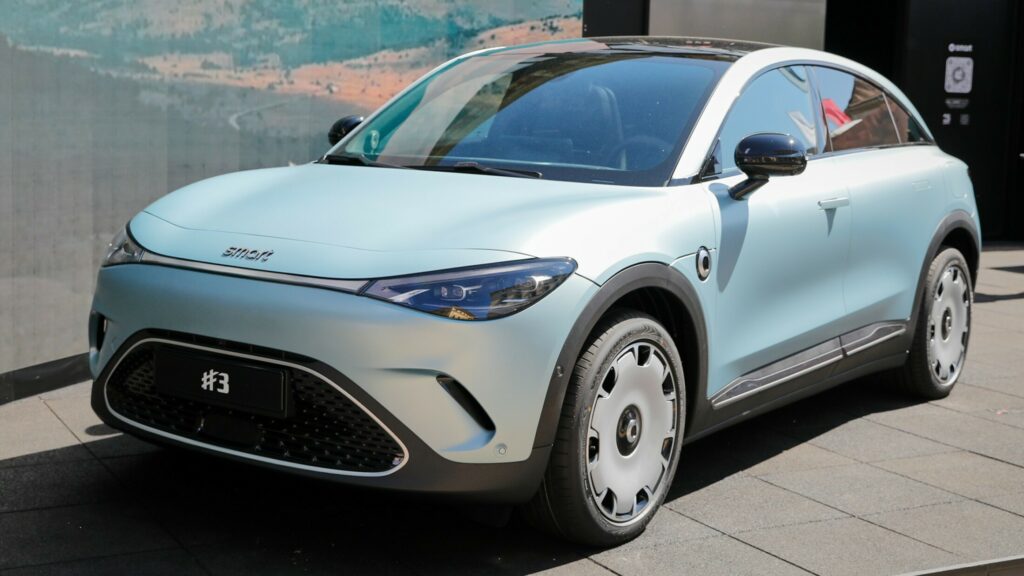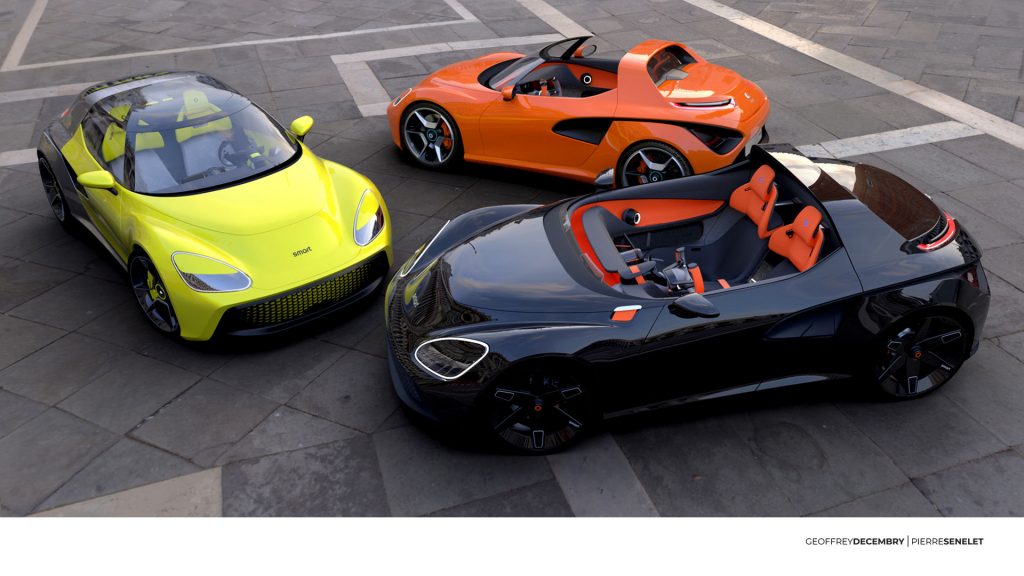This EV’s Real Range Misses By 23% But That’s Not The Worst Part
- An independent study has highlighted the unreliability of official range figures.
- One of five EVs in a AAA test lasted 69 fewer miles on a charge than claimed.
- Another brand’s electric model only overpromised by 5 percent, or 14 miles.
Compared with their predecessors from a decade ago, today’s EVs go further, charge faster and have far more charging stations to choose from, but some would-be buyers still cite range anxiety as a reason for not going electric. And the results of a new study investigating the real range of EVs currently on sale suggests those fears are entirely justifiable.
The Australian Automobile Association (AAA) picked five EVs from a mix of brands as part of its government-funded four-year test designed to arm the nation’s car buyers with honest data. After subjecting each of the electric cars to a real-world driving route it found one of models delivered 23 percent less range than its maker claims.
Related: After 100K Miles, VW’s EV Barely Lost Range Thanks To One Trick
That car, the BYD Atto 3, only achieved 229 miles (369 km) before needing a recharge, representing a 69-mile (111 km) shortfall on the Chinese automaker’s 298-mile (480 km) official figure. Tesla’s Model 3 didn’t tell quite so big a lie, but it also failed to live up to its official range figures by a fairly large margin considering the tests weren’t carried out in the Arctic. The 274 miles (441 km) it achieved was 14 percent lower than Tesla’s 319-mile (513 km) claim.
Inconsistent Accuracy
But the big takeaway from the investigation isn’t that all EV range claims are wildly inaccurate. All five cars delivered fewer miles than advertized, and the BYD was wildly off. But one of the cars very nearly matched its official range, falling just 5 percent short, and it’s this difference across the brands, and cross models within the same brand, that’s the real problem for consumers.

If they knew that every car over-promised by 20 percent, it would be easier to make buying decisions than it is when you’ve no idea which brands to believe. It’s for this reason that these kind of independent tests are so useful for buyers looking at spending tens of thousands of dollars on a new car.
Standout Performer
The AAA’s test champ was the Smart #3, whose 268-mile (432 km) true range was only 14 miles (23 km) out. Kia’s EV6 and the Tesla Model Y also performed relatively well, each returning 8 percent less range than claimed.
| True range miles (km) | Claimed range miles (km) | Diff miles (km) | Diff % | |
| BYD Atto3 | 229 (369) | 298 (480) | 69 (111) | -23% |
| Tesla Model 3 | 274 (441) | 319 (513) | 45 (72) | -14% |
| Kia EV6 | 301 (484) | 328 (528) | 27 (44) | -8% |
| Tesla Model Y | 305 (490) | 331 (533) | 26 (43) | -8% |
| Smart #3 | 268 (432) | 283 (455) | 15 (23) | -5% |
AAA

